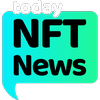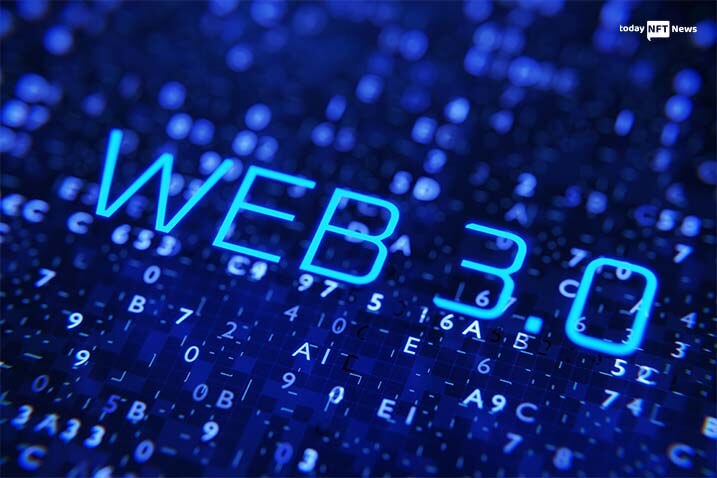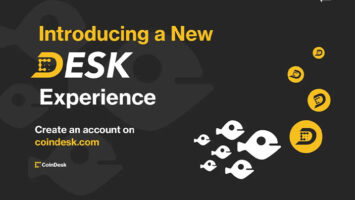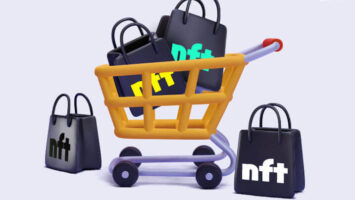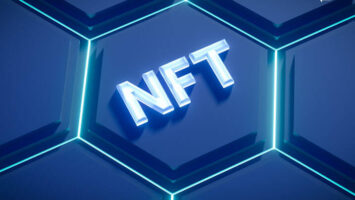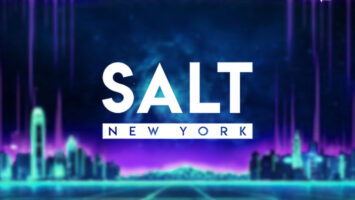How we utilize the internet is set to be transformed by Web3 upon incorporation of decentralization through blockchain. According to some, this will change the way Bitcoin and several other cryptos have modified the financial model.
It won’t be wrong to say that Web3 is an answer to issues of internet privacy and personal usage of data. While in Web2, prominent social media channels, websites and browsers control the user data, Web3 has been designed keeping in mind transparency and the internet’s censorship-resistance model. Far more representative as compared to its Web2 precursors, Web3 keeps individuals in control of user data as well as internet architecture.
The link between NFTs and Web3
NFTs are packed with a number of blockchain traits that not only make them purposeful but combining with Web3. NFTs enable a user to offer proof of ownership for things like data, personal records, music, digital art, in-game assets, data, etc.
NFT verification systems are featured by certain social media channels and enable one to utilize a crypto wallet for the purpose of proving NFT ownership as well as use it like a profile picture. Other than these, such tokens enable one to control one’s digital identity and also provide voting and membership rights.
No matter if one is selling or registering a Web2 address, payment is made to a third party to offer such services. DNS or Domain Name Service refers to a centralized database and is utilized by Web2. Via CNS or Crypto Name Service and ENS, Ethereum Name Service, domain can be connected to a crypto wallet so as to accept cryptocurrency. Also, Web3 domain can be traded on an NFT marketplace.
NFTs are being boosted by various traders, artists and investors, thanks to their popularity, rarity and originality. They have grabbed the attention of the market which was hard to reach and to showcase the art that can be recognized. Thanks to the internet’s digital transformation, Web3 will lead to data ownership’s steady state for individuals. Moreover, a number of marketplaces will be there to enable artists display their non-fungible tokens. Since the internet will be decentralized on various levels, users need not worry about information control, cyber theft, uncontrollable ads and data breaches.
Key ideas of Web3
Certain major principles define the creation of Web3. Some of the key principles include-
- Web3 is decentralized: The ownership is allocated among users and builders rather than huge swathes of the internet managed as well as possessed by centralized entities.
- Web3 has native payments: Rather than depending on old-time payment processors and infrastructure of banks, Web3 utilizes cryptocurrency for both sending and spending money online.
- Web3 is permissionless: Anyone can be a part of Web3.
- Web3 is trustless: It runs by deploying incentives and economic procedures and doesn’t depend on reliable third-parties.
Web3 is the upcoming generation of internet
Web3 might look like the wave of tomorrow but it has modified the landscape of online shopping already. Shopify is an example of industry leaders who have adopted NFTs. Its token gated program rewards VIPs and fans. NFT owners qualify for discounts and benefits that are otherwise not available for the general public.
